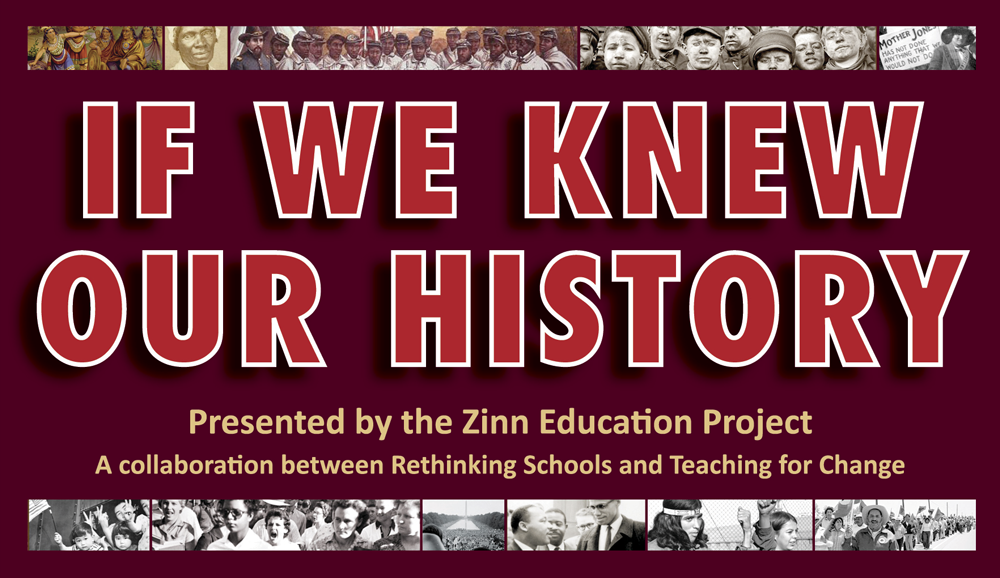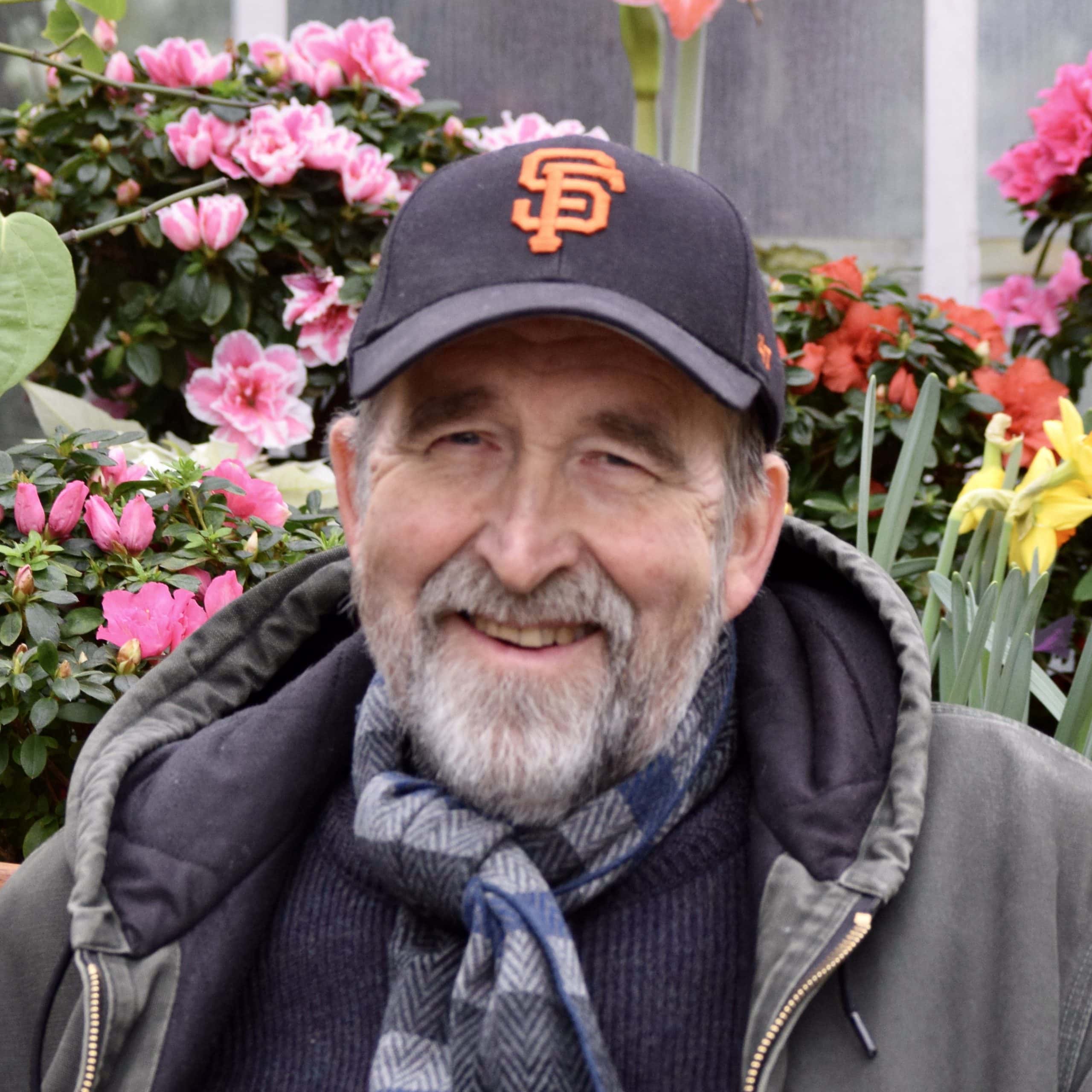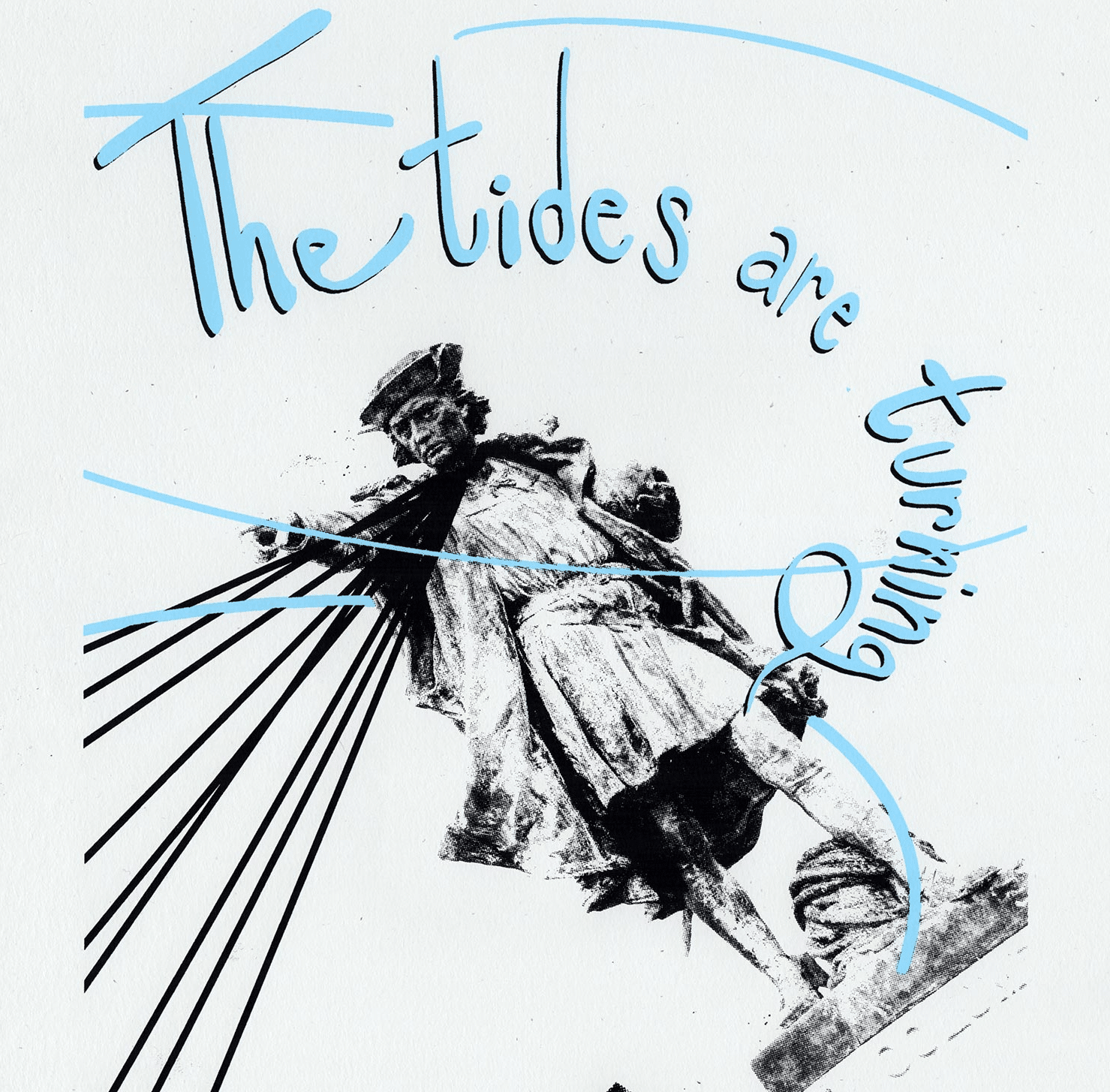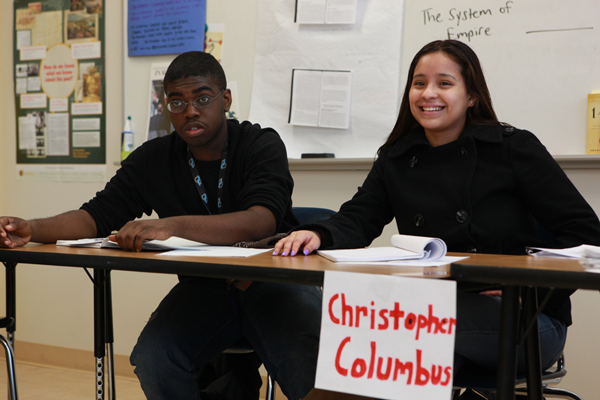Recently, I ran across an old manual that described itself as “An easy step-by-step guide to obtain U.S. Citizenship.” A page of history and government questions begins:
Q: Who discovered America?
A: Christopher Columbus in 1492.
This was the simple, and simplistic, history that I learned in 4th grade in the early 1960s growing up in California — a kind of secular Book of Genesis: In the beginning, there was Columbus; he was good and so are we.
And it stayed the history that most everyone learned until the Columbus quincentenary in 1992 brought together Native Americans, social justice organizations, and educators to demand a more inclusive and critical version of what occurred in 1492 and after. These critics of the “Discovery Myth” pointed out that Columbus enslaved hundreds of Taínos and shipped them from the Caribbean to Spain; that his colonial policies destroyed cultures, devastated the ecology, and launched the African slave trade. And they pointed out that today’s patterns of poverty, racial inequality, and ecological degradation throughout the Americas began in 1492. Critics argued that we should not celebrate Columbus but instead those who resisted and survived the European invasion.
The demand to “rethink Columbus” blended scholarship with activism, and prompted much curricular soul searching in our schools. Almost 20 years later, the contradictory results can be seen in textbooks.
Two of these typify how the textbook industry has incorporated but distorted the Columbus critique.
Houghton Mifflin Harcourt is one of the education publishing giants. Their Social Studies United States History: Early Years tells 5th graders that Columbus “had a bold plan to sail west to Asia. Although he never reached his goal, his journeys to the Americas changed history for millions of people.”
Changed history. Yes, but how?
Unlike any textbook I had as a child, Houghton Mifflin Harcourt’s Early Years acknowledges the people who lived in the Caribbean before Columbus, and names them: Taínos. And the book says that the European arrival was not all joy and light. There were “many harmful effects.” Fifth graders learn that, “Many American plants and animals were destroyed.”
Still, the book’s use of passive voice shields Columbus, himself. The book never mentions that Columbus enslaved Taínos and forced Taínos to deliver impossible quotas of gold, or risk horrific forms of execution. Instead, the Early Years misinforms children that the Taínos died solely from “epidemics”— a word it helpfully teaches youngsters as new vocabulary.
Ultimately, the narrative becomes a paean to globalization. “The Columbian Exchange benefited people all over the world.” The section concludes: “Today, tomatoes, peanuts, and American beans and peppers are grown in many lands.”
The full color world map on the opposite page illustrates these benefits of global trade. Corn and potatoes move east, pigs and bananas move west.
However, much is missing from this rosy portrait — including the African slave trade. According to the eminent historian of Africa, Basil Davidson, in 1501, the king and queen of Spain issued the first permits to transport enslaved people from Africa to the Americas, a direct consequence of Columbus’s arrival. In 1495, Columbus had sent 550 enslaved Taínos east across the Atlantic. As Davidson writes, Columbus was the “father of the slave trade.”
The Early Years is an improvement over the Discovery Myth of yesteryear, but nonetheless ends up masking genocide and slavery in its effort to turn these events into a tale of progress and development — now we all can consume cool new stuff.
Another newer textbook approach to Columbus also acknowledges some of the critiques that became widespread 20 years ago, but it ends up as a kind of historical shopping expedition, asking students to buy whichever version of Columbus they prefer. TCI’s high school text, History Alive! uses Columbus for an opening lesson in historiography — sort of.
History Alive! offers students three contrasting accounts of Columbus: Washington Irving’s 19th century “Mythic Hero” — “his conduct was characterized by the grandeur of his views and the magnanimity of his spirit” — Samuel Eliot Morison’s “Master Mariner” — “As a master mariner and navigator, Columbus was supreme in his generation” — and Kirkpatrick Sale’s “Overrated Hero” — “Admiral Colon [Columbus] could be a wretched mariner.”
This last does a disservice to Sale’s important critique in his 1990 book The Conquest of Paradise, which focuses especially on Columbus’s environmental attitudes and policies. But the bigger problem with History Alive!’s approach is that students have no way to evaluate historical interpretations, nor are they encouraged to think about the social conditions that might produce different interpretations — which is what a lesson on historiography ought to do. Instead, high schoolers are told that because historians “bring different approaches to their work, they often interpret the past in different ways.” A neat little tautology that tells students: people think differently because they think differently.
No doubt, as in the Columbian Exchange approach, the multiple Columbuses approach reveals more truth than in the old Discovery myth. The Early Years indicates that what happened back then had an impact on today, even if it limits its curiosity mostly to food. And in History Alive! at least students are informed that there are multiple ways to view Columbus — even if these focus mostly on his skills as a mariner. History Alive! even includes a contemporary protest poster, with a caption that mentions the “severe mistreatment of native peoples.”
But new textbook treatments of Columbus fail to urge students to consider how Europe incorporated the Americas into a world system that was exploitative and unequal, or to encourage students to inquire how these patterns of exploitation have helped to determine the world we live in today. In 1492, Columbus “discovered” a land of abundance; today those lands are some of the poorest in the Americas. What happened? Studying Columbus’s legacy means asking hard questions about the history of colonialism, slavery, and intervention in the Americas. Unfortunately, that’s not the Columbus that today’s textbooks offer students.
In 1492, Columbus wrote, “Considering the beauty of the land, it could not but be that there was gain to be got.” Treating everything from trees to water to human beings as exploitable commodities where “gain was to be got,” was Columbus’s gift to the world. It’s a gift that keeps on giving. Twenty years after the Columbus quincentenary, students deserve a deep and honest inquiry into the world Columbus initiated. They deserve more than textbooks that tiptoe around the truth.
 This article is part of the Zinn Education Project’s If We Knew Our History series.
This article is part of the Zinn Education Project’s If We Knew Our History series.
Published on: Common Dreams.
© 2011 The Zinn Education Project, a project of Rethinking Schools and Teaching for Change.










Twitter
Google plus
LinkedIn